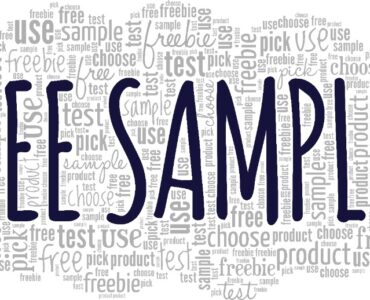Do you need a designer? How can working with a designer provide additional value to your clients?
Translators and PMs often encounter such situations when the translated text “does not fit” into the original document format. This can be for reasons such as text expansion, hieroglyphs, and when going from LTR to RTL languages. This situation is not common only to texts with graphics and illustrations but also to linear translations when the translation into another language has a different letter size, length, and text structure. Presentations, catalogs, annual reports, brochures, books, and other types of translations often require a translator to master layout, image processing programs, and many other non-core translating skills. The quality of the final result is not always acceptable by the customer.
I have prepared a checklist to help you understand if you, as a PM or translator, should think about working with a designer and at what stage of work a designer can be involved in your process.

You need a designer if:
This includes catalogs, brochures, and books, documents of any format, in addition to text, also contains visual elements. A professional designer will put the translated text and pictures in the required format, so an image matches the required section of the text. Especially if the translation is much longer than the original, it is necessary to use different types of characters or symbols like hieroglyphs or ligature.
In most cases, an automated program cannot replace a person in the localization of the text. It is necessary to correctly transfer words and select a font, making sure that all the text is visible, adjust the layout to avoid blank spots in the documentation, pages, tables, figures, or the document as a whole.
In some cases, you may need to change the images in the translation because they may be misleading for the people in another region. This is also the responsibility of the designer, and the process is called graphics localization. The designer redraws the pictures and, after approval, lays out the translation and visual elements in the required format, taking into account the cultural peculiarities of the target audience.
How is the work of a translator and designer organized?
Request a source material file from your customer
Can the client send the design files in PDF format?
In what format does a designer give the finished work to the client?
About the Author

Oksana Kravtsova is a freelance graphic designer specializing in providing innovative, high-quality marketing solutions for the international business sector and publishers. She can be reached on [email protected].






Amazing Article, I would like to thank you for the efforts you had made for writing this awesome article. This article inspired me to read more. Keep it up.
https://espirittech.com/designing-branding/